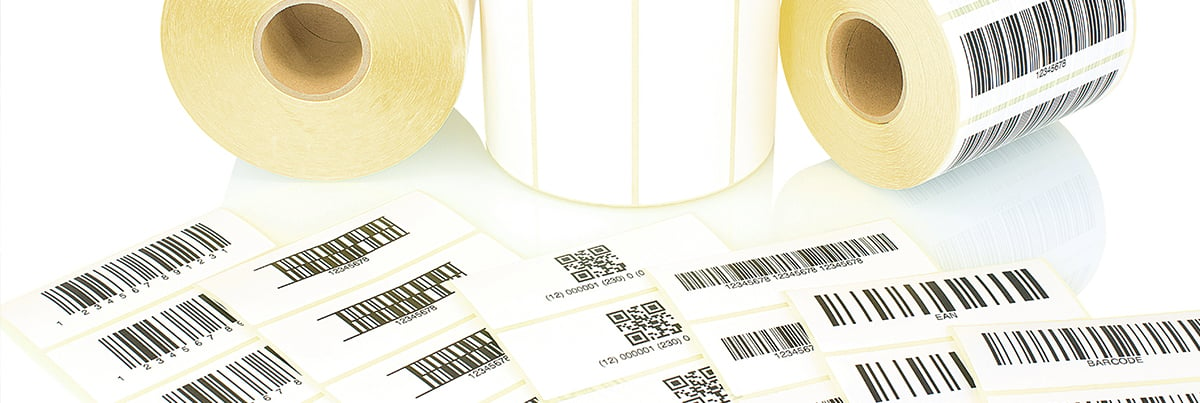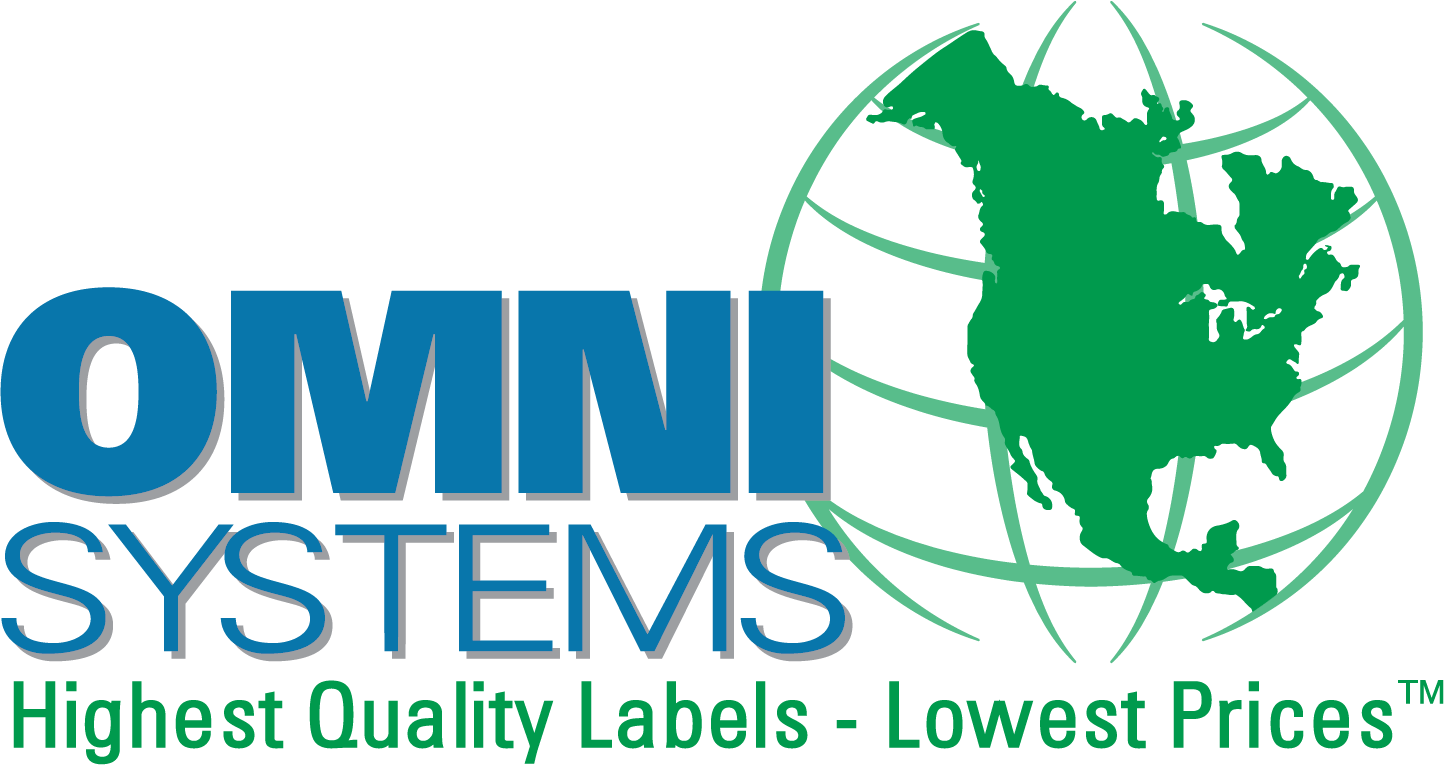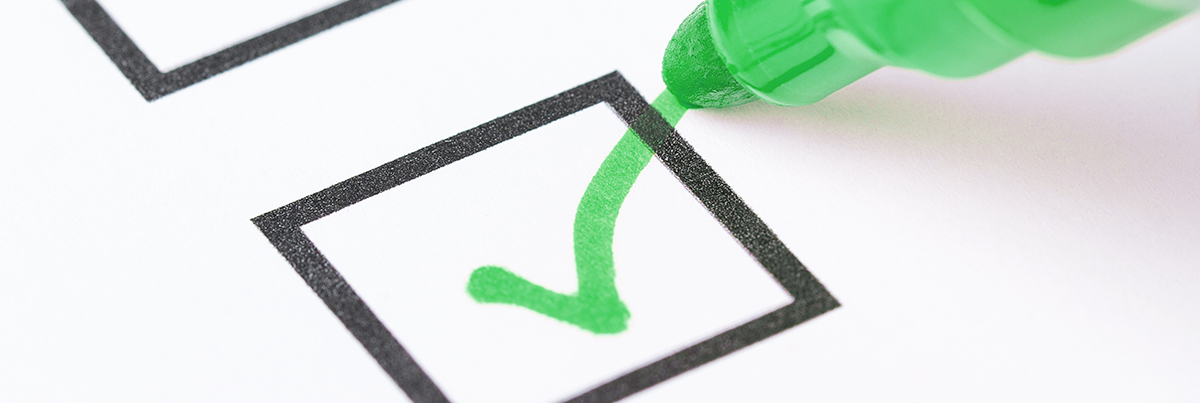
If you need to utilize barcodes in any way for your business, you’ll want to make absolutely sure you’re specifying the correct thermal barcode label type. The two main types of thermal labels used in barcode printing – direct thermal labels and thermal transfer labels – are different in their constituent makeup, the means by which barcodes and other information is printed on them, and their suitability for specific applications.
Choosing the correct label type, and working with recognized experts in thermal labeling on your barcode labeling requirements, will help ensure that the barcode labels you purchase help your business thrive. Conversely, if you select the wrong label type and/or order it from a marginal labeling supplier, you’re assuming unnecessary risks and not getting the price, quality and service you deserve.
So, what label type – direct thermal or thermal transfer – best suits your specific barcode application? To determine that, let’s first look at the ins and outs of each label type.
As the name suggests, direct thermal labels are constructed through a direct thermal printing process whereby a thermal printhead heats specific areas of coated thermal paper or substrate. The paper is run over the thermal printhead and turns black in the area that receives heat, which, in turn, delivers a designed image. Direct thermal labels use only chemically treated, heat-sensitive materials, as opposed to ink, toner and/or ribbon.
Like direct thermal printing, thermal transfer printing utilizes heat as the activator to transfer an image on to the label. Heat is generated from a printhead that heats up when a label is passed over it, causing the carbon pigment on the ribbon to transfer to the label (in essence “printing” words or an image on the label). Yet, while direct thermal printing necessitates printhead elements being in direct contact with the label material as it is pulled across the printhead, thermal transfer printing utilizes a thermal ribbon which serves as a “buffer” between the printhead elements and the label material. Accordingly, on a thermal transfer label, material is applied to paper or some other substrate by melting a coating of ribbon so that it stays glued to the material on which the print is applied. Thermal transfer labels can also be laminated for enhanced durability.
Common Applications for Direct Thermal Labels
Direct thermal labels are ideal for printing of 1D and 2D barcodes. Additional barcode and other uses include:
- Short-to-medium-life applications
- Carton and retail pack labeling where the labels are exposed to high levels of moisture and rough handling during transportation
Examples:
- High-volume shipment tracking labels
- Weigh scale labels
- Shipping, dispatch and warehouse labels
- Inventory control labels
- Shelf price tags
- Scale labels
- Shipment tracking
- Food packaging, including poultry and meat carton labels
- Fruit applications
- Vendor marking and parts ID
- Tags, inserts and cards
- Health care and pharmaceutical applications, including but not limited to:
- Pharmacy/Prescription labels
- Hospital labels and hospital wristbands
- Laboratory and test tube labels
- Airline baggage tags
- Ski lift tickets
Common Applications for Thermal Transfer Labels
Thermal transfer in general is the preferred method for surfaces that are heat-sensitive, or in cases when exceptional durability is required. It is widely acknowledged as the method of choice for identification labels and barcodes.
- Long-life applications
- Applications where ribbon print quality is preferred
- Outdoor labeling and applications where high levels of moisture or scuffing are expected
Examples:
- Inventory control
- Shipping
- Food packaging, including poultry and meat carton labels
- Tamper-evident packaging
- Lab/test tube/hospital labeling
- Fruit applications
- Retail/product/shelf price labeling
One final note: When evaluating barcode label suppliers, you deserve assurance that you’ll be getting the lowest possible price on your barcode labels, the highest possible quality, and value-added service and expertise that can help you optimize audit and distribution strategies for any barcode labeling need. OMNI Systems is the industry’s recognized leader in price—you’ll save 15-40 percent on your thermal label spend over current costs and enjoy the industry’s longest fixed pricing on all labels—guaranteed. What’s more, we’re the leaders in quality and service as well. We’ve been dedicated to excellence for nearly three decades and produce the highest quality thermal labels in our state-of-the-art manufacturing facility. High-quality thermal labels can help printheads last longer, reducing the total cost of ownership over time. Additionally, our labeling experts consult with many of the world’s top brands on their labeling strategies—we’ll apply the same know-how and insights to your business.
We hope this blog helps you understand which thermal barcode label type best suits your specific barcode label application, and what distinguishes a top barcode label supplier. We welcome the opportunity to discuss how OMNI’s leadership in price, quality and service can help you save 15-40 percent on your current label spend and make your job easier.
Do you have questions about barcode labels, direct thermal labels, thermal transfer labels, water-activated tape or other labeling needs? Please contact OMNI Systems at 216-377-5160 or email sales@omnisystem.com.




